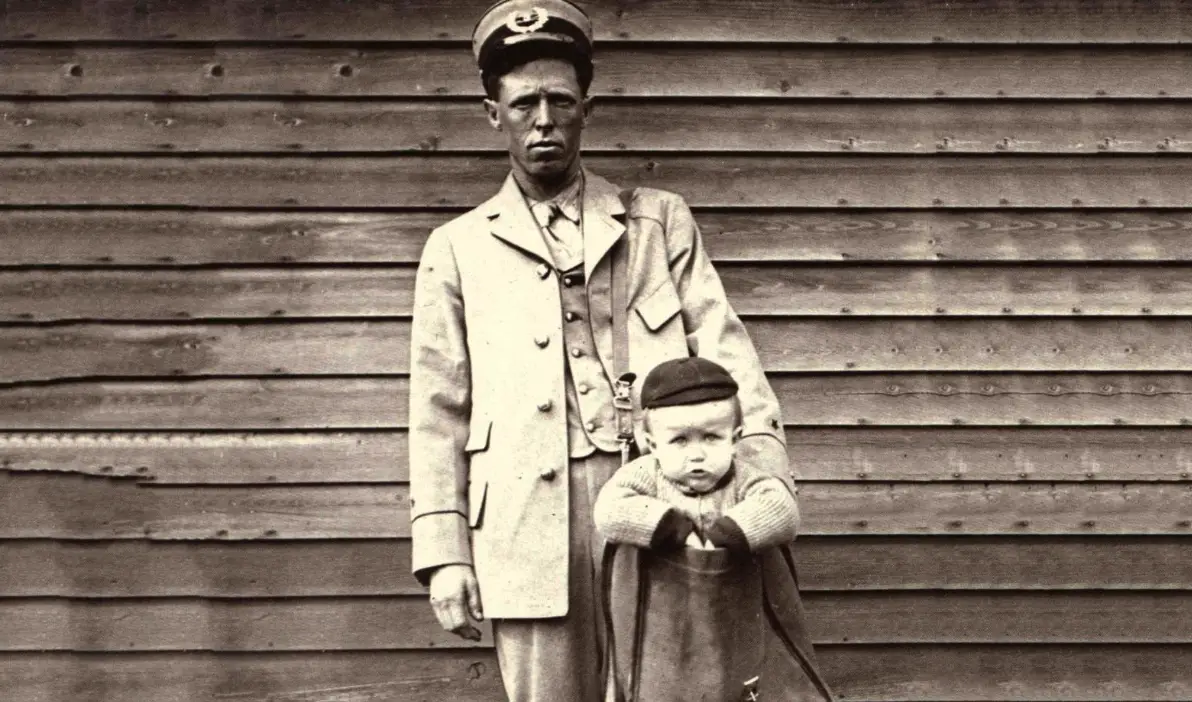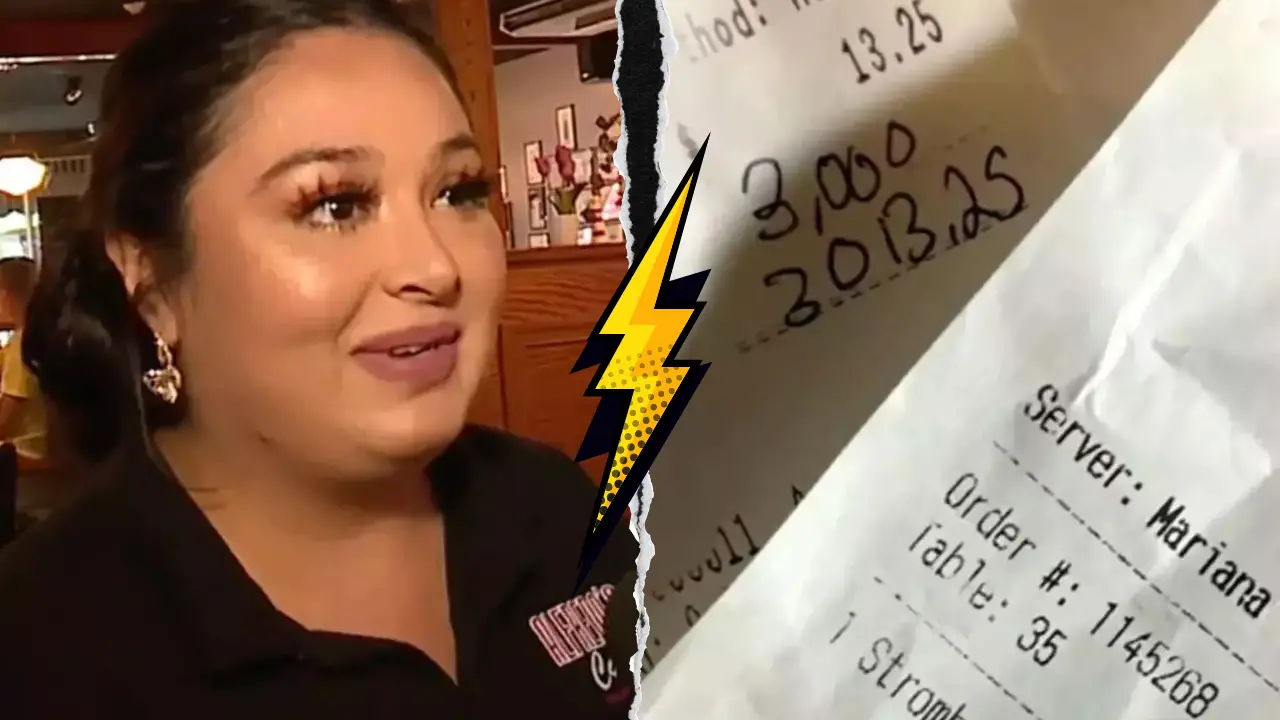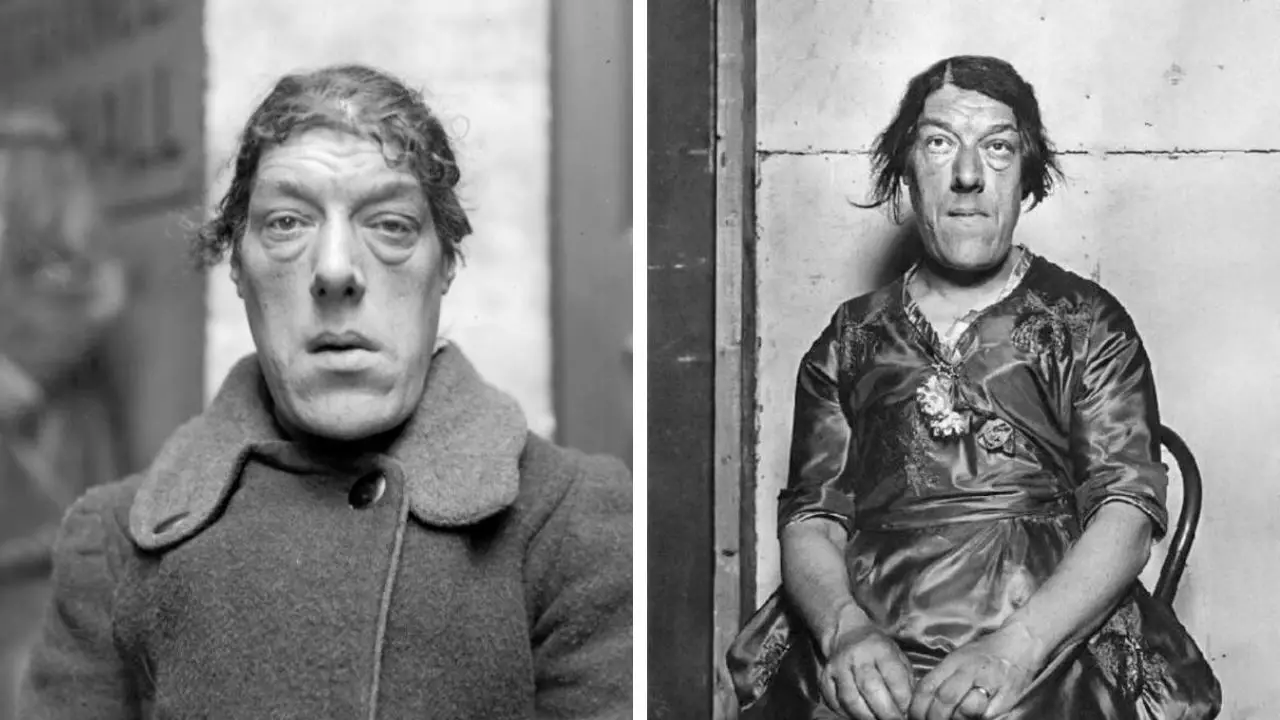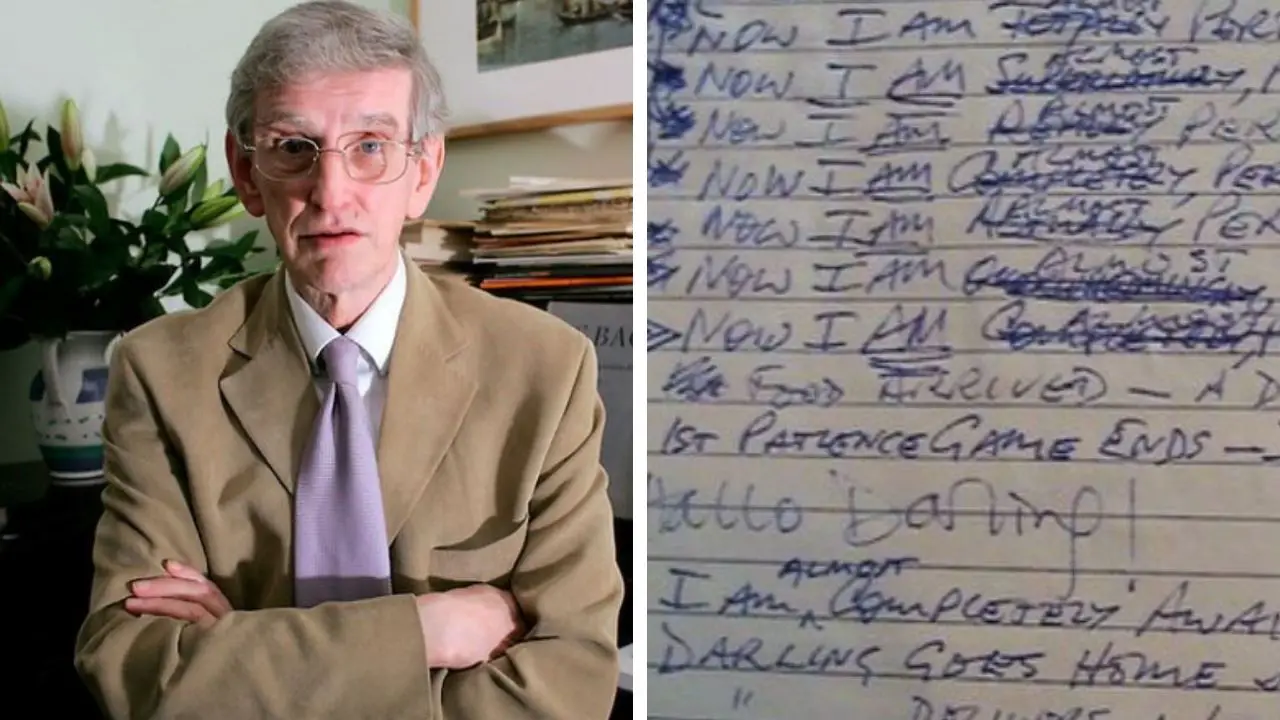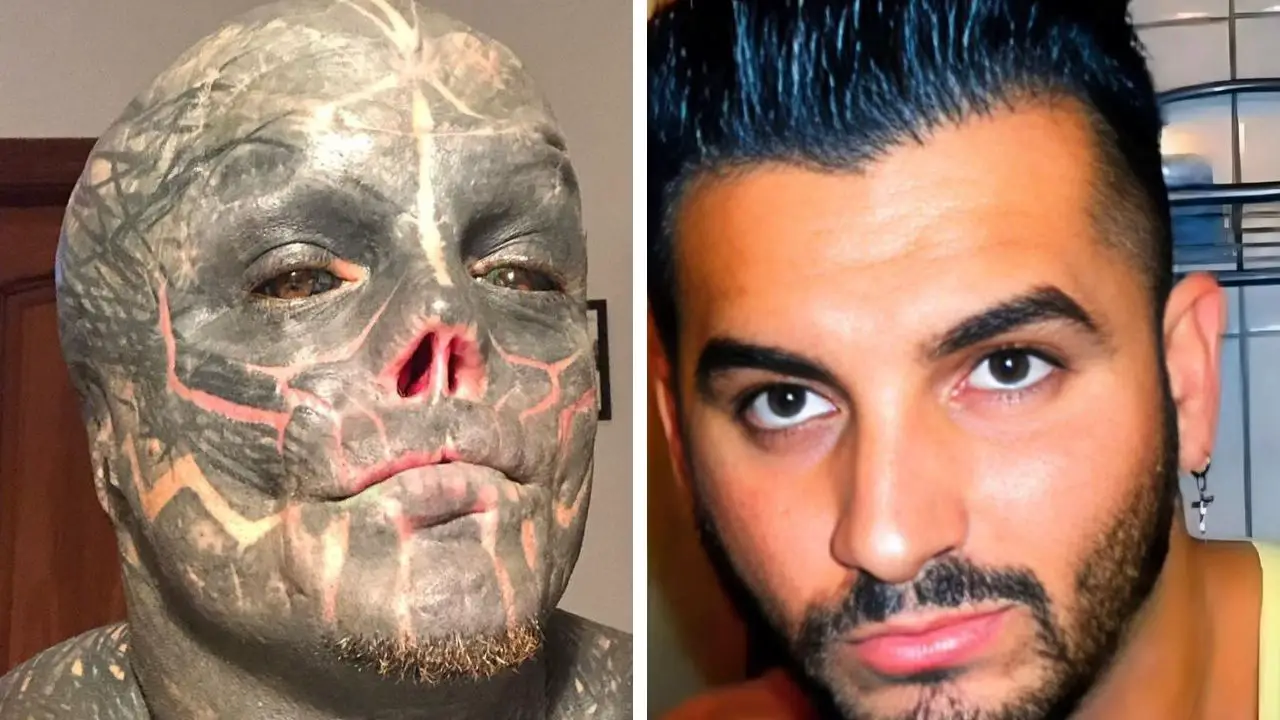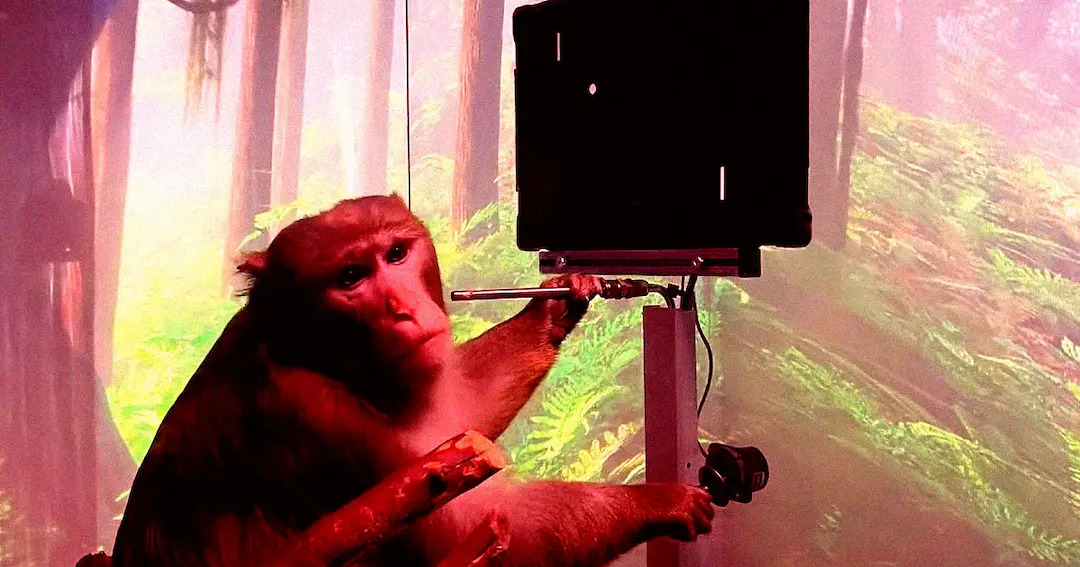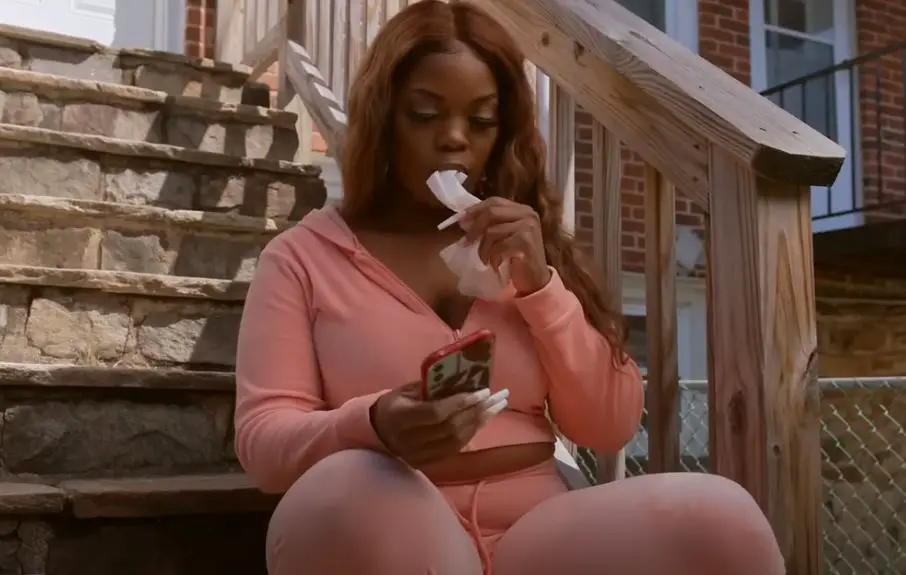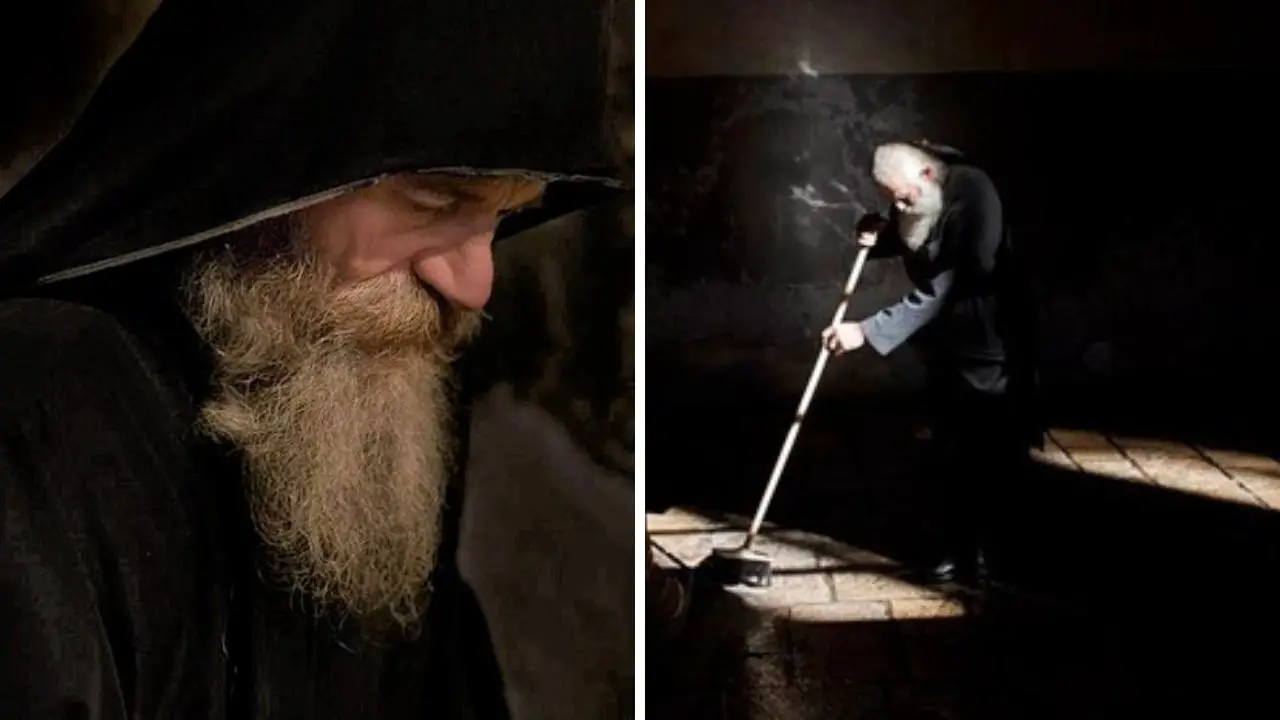Man Struck by Lightning 7 TIMES (True Story) – The Unkillable ‘Spark Ranger’
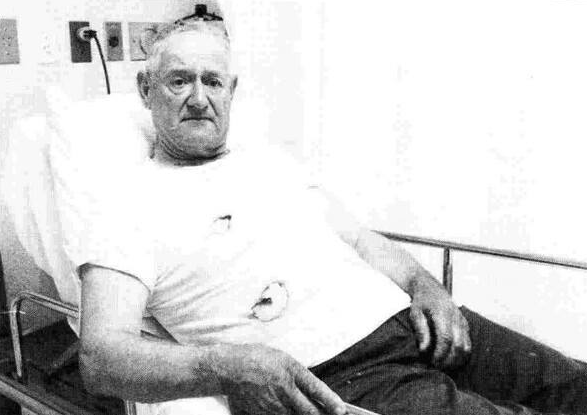
How a Virginia Park Ranger Defied 1-in-10-Quintillion Odds—and Became Nature’s Most Relentless Target.
SHENANDOAH NATIONAL PARK, VIRGINIA — Imagine stepping outside on a stormy afternoon, only to have the sky itself decide you’re its personal punching bag.
For Roy Sullivan, a mild-mannered park ranger with a receding hairline and a grin that charmed even the surliest tourists, this wasn’t a hypothetical. It was his life—seven times over.
Between 1942 and 1977, Sullivan survived seven separate lightning strikes, a record so absurd it’s etched permanently in the Guinness World Records.
To put this in perspective, your odds of being struck once in your lifetime are roughly 1 in 15,300, according to the National Weather Service.
Sullivan’s odds of seven strikes? A cool 1 in 10 quintillion—or, as mathematicians might say, “basically impossible.” Yet here we are.
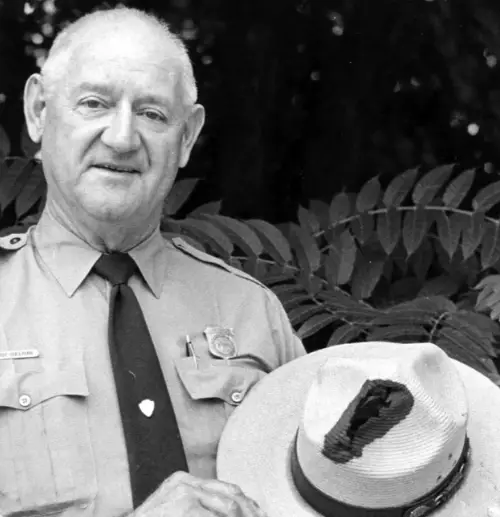
Strike One: The Fiery Debut (1942)
Sullivan’s first tango with lightning came in 1942, while he was stationed at a fire lookout tower in Shenandoah National Park.
When a storm rolled in, he ducked inside for shelter—only to have a bolt blast through the tower, flinging him out the window.
The strike seared a jagged scar down his right leg, blew off his big toenail, and left his boot smoldering.
“He joked that the lightning gave him a free tattoo,” recalled a colleague in a 1975 interview.
Sullivan, ever the pragmatist, returned to work days later. Little did he know, this was just the opening act.
Strikes Two Through Six: Lightning’s Bizarre Obsession
If lightning were a stalker, Sullivan’s story would be a true-crime documentary.
1969: Driving his park truck, Sullivan was knocked unconscious when a bolt arced through the window, torching his eyebrows and melting the vehicle’s radio. He woke up to the smell of burnt hair and a steering wheel hot enough to fry an egg.
1970: Gardening behind his home, Sullivan took a direct hit to the shoulder. Neighbors found him dazed but alive, muttering, “Not again.”
1972: Working in a guardhouse, lightning struck through the roof, setting his hair on fire. By this point, Sullivan had adopted a morbid ritual: carrying a water bottle to douse his head. “Third time’s the charm?” he quipped to reporters.
1973: His truck—yes, the same one—was struck again while he was inside. The bolt zapped his hair into a frizzled mess and blew out the tires.
1976: On a leisurely walk, lightning targeted his ankle, burning a hole through his sock and—you guessed it—igniting his hair.
The Final Strike (1977): A Fishy Farewell
Sullivan’s seventh and final encounter came during a peaceful fishing trip. A bolt struck his chest, leaving burns across his torso.
By then, even local meteorologists were baffled. “It’s like the clouds had a personal vendetta,” said storm chaser Tim Samaras in a 2005 documentary.
Sullivan, ever the folk hero, shrugged it off. “I’m like a cat, but with more lives,” he told the Richmond Times-Dispatch in 1977.
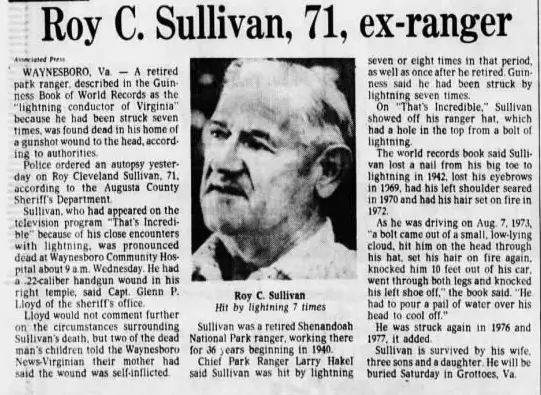
The Science (and Sheer Luck) Behind Surviving Seven Strikes
So, how did Sullivan cheat death repeatedly? Experts are divided.
Dr. Mary Ann Cooper, a lightning injury specialist, explains that most victims die from cardiac arrest or nerve damage. “Surviving one strike is rare. Seven? It’s like winning the lottery while being eaten by a shark—and surviving both,” she said.
Some theorize Sullivan’s body had unusual electrical conductivity. Others argue his outdoor job simply put him in harm’s way.
But here’s a wild twist: Sullivan’s wife was also struck once by lightning while hanging laundry. The couple’s bad luck was so legendary, locals joked they should’ve invested in rubber suits.
The Tragic End: A Stormy Legacy
Despite his uncanny survival skills, Sullivan’s story doesn’t have a Hollywood ending. In 1983, at age 71, he died by suicide.
Friends speculated that decades of trauma—both physical and psychological—had taken their toll. “He laughed off the strikes publicly, but privately, he was haunted,” said longtime friend Jerry Hendricks.
Sullivan’s ashes were scattered in Shenandoah, the park he loved and the place where lightning relentlessly hunted him.
His brass park ranger badge, melted during the 1973 strike, sits in the National Weather Service Museum as a testament to his bizarre resilience.
Why Sullivan’s Story Still Electrifies Us
Let’s be real: Sullivan’s tale is the ultimate cocktail of horror, humor, and humility.
It’s a reminder that nature doesn’t play favorites—and that humans, for all our tech and ego, are still at the mercy of a moody sky.
His advice for storm survival? “Crouch low, keep your feet together, and pray you’re not me.”

THE LEGACY OF ROY SULLIVAN AND THE SCIENCE OF LIGHTNING’S OBSESSION
Roy Sullivan’s story isn’t just a quirky footnote in history—it’s a scientific enigma. Lightning, which carries up to 1 billion volts of electricity, typically kills about 20% of its victims instantly.
Survivors often face lifelong nerve damage, burns, or cognitive issues. Yet Sullivan walked away from seven strikes with singed hair, melted accessories, and a dark sense of humor.
Dr. John Jensenius, a lightning safety specialist, calls Sullivan’s case “a statistical miracle.” Most survivors, he notes, alter their behavior to avoid storms. “Roy didn’t just tempt fate—he gave it a map to his location,” Jensenius said.
Sullivan’s refusal to retire, even after the third strike, baffled colleagues. “He’d say, ‘If the sky wants me, it knows where I am,’” recalled former coworker Linda Carter.
The ‘Spark Ranger’ Phenomenon: Why Him?
Scientists have floated theories for decades:
Job Hazard: As a park ranger, Sullivan spent decades outdoors in Virginia’s “Lightning Alley,” a region prone to thunderstorms.
Metallic Objects: His belt buckle, keys, and park badge may have acted as conductors. (His badge melted during the 1973 strike.)
Body Chemistry: Some speculate Sullivan had naturally high levels of iron or electrolytes, making him a human lightning rod—though no evidence confirms this.
Sheer Bad Luck: As meteorologist Becky DePodwin quipped, “Lightning does strike the same place twice—especially if that place is Roy Sullivan.”
Ironically, Sullivan’s survival tactics—like crouching during storms—aligned with modern safety guidelines. “He was ahead of his time,” said DePodwin. “But even he couldn’t outrun his reputation.”
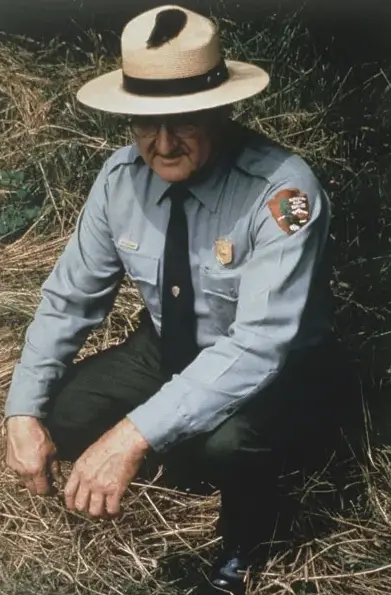
The Cultural Impact: From Jokes to Folk Hero
Sullivan’s ordeal turned him into a reluctant celebrity. Tourists flocked to Shenandoah National Park in the 1970s, hoping to snap photos with the “Spark Ranger.”
Postcards sold at park gift shops featured slogans like, “I survived Shenandoah—unlike Roy’s hair!”
His dark humor became legendary. After the fifth strike, Sullivan began carrying a signed affidavit in his wallet. “It said, ‘If I’m found dead, check for burn marks,’” his niece, Martha Sullivan, revealed in a 2019 interview. “He wanted to make sure lightning got the credit.”
Pop culture nods followed. A 1980 episode of Ripley’s Believe It or Not! dramatized his strikes, and heavy metal band AC/DC referenced him in backstage lore. (“We’ve got nothing on that guy,” guitarist Angus Young once joked.)
The Sullivan Curse: Family and Folklore
Lightning didn’t stop with Roy. In 1970, his wife, Barbara, was struck while hanging laundry—though she survived with minor burns.
Locals spun theories about a “family curse,” while tabloids speculated Sullivan angered “storm gods.”
“People would cross the street to avoid him during storms,” Martha Sullivan recalled. “Even his dog, a golden retriever named Thunder, got nervous when clouds rolled in.”
Modern Comparisons: Other Lightning Survivors
Sullivan’s record remains unbroken, but others have flirted with similar fates:
Vaughn Jones (South Africa): Struck 3 times (1986–2002), now advocates for lightning-safe housing.
Melvin Roberts (U.S.): Survived 2 strikes in 10 minutes (2014). “First time, my phone exploded. Second time, my shoes caught fire,” he told Weather Channel.
Park Ranger (Anonymous): A current Shenandoah ranger, who asked to remain unnamed, claims lightning struck his truck twice in 2020. “Roy’s ghost is messing with me,” he joked.
Watch: 7 people who survived the impossible
The Trauma Beneath the Laughs
Sullivan’s humor masked deeper struggles. After his death, friends revealed he suffered nightmares and avoided rain.
“He’d tense up at the sound of thunder,” said Hendricks. “The man laughed in public but shook in private.”
Psychologist Dr. Ellen Bassett links his PTSD to “chronic near-death whiplash.” “Surviving repeated trauma rewires the brain,” she said. “You’re stuck in a loop of ‘When’s the next strike?’”
Shenandoah’s Bizarre Tourist Attraction
Today, Shenandoah National Park leans into Sullivan’s legacy cautiously. A small plaque near the site of his first strike reads, “Caution: Lightning Prone Area.”
Rangers occasionally share his story during storm safety talks, but the gift shop no longer sells “Spark Ranger” merch. “We respect his tragedy,” said park supervisor Clara Nguyen.
Yet unofficial tributes thrive. Hikers tie burnt shoelaces to trees near the 1976 strike site—a macabre ritual dubbed “Lightning Lace Lane.”
The Unanswered Question: Could It Happen Again?
Climate change has increased lightning frequency by 12% per degree of warming, per NASA.
Does this mean more Roy Sullivans? “Statistically, no,” said DePodwin. “But lightning’s a show-off. It loves a good story.”
As for Sullivan, his ashes rest in the park he loved—and the skies he defied. “He’s probably up there giving lightning the middle finger,” laughed Hendricks. “Classic Roy.”
Why Keep Talking About Roy?
Because his story isn’t just about lightning—it’s about human grit, the chaos of nature, and how we laugh to keep from crying.
In an era of climate crises and viral obsessions, Sullivan’s tale reminds us: Sometimes, truth isn’t just stranger than fiction. It’s louder, brighter, and burns a hole through your socks.


















